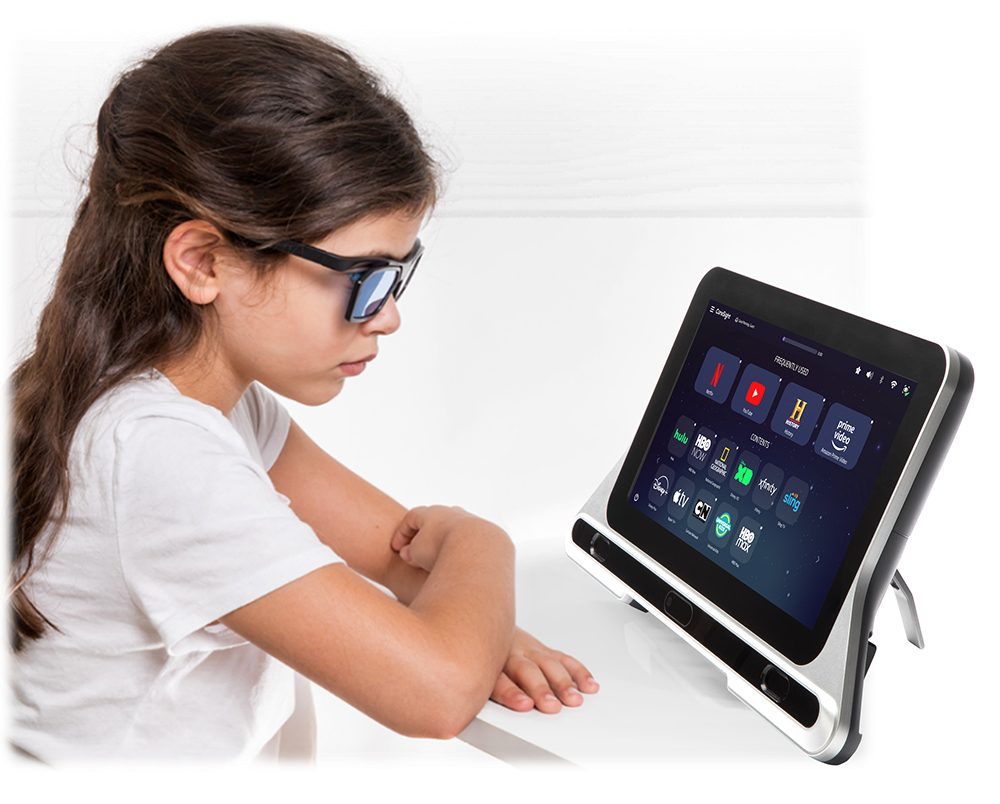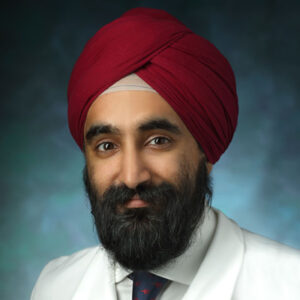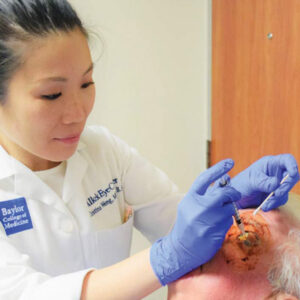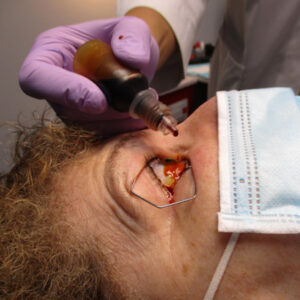ONLINE EXCLUSIVE
March 2023
by Liz Hillman
Editorial Co-Director
Over the last few years, new, tech-based options have joined traditional therapies for the treatment of amblyopia. All of the available options have their pros and cons, making patient selection especially important, said Nicholas Sala, DO.
Dr. Sala has been treating pediatric patients for 30 years and has been involved in research that has helped evolve amblyopia therapy. He said that over the decades, he has seen treatment go from patching all day to patching for a couple of hours a day to including atropine drops as an option to the availability of digital therapies. He shared his thoughts on these with EyeWorld.
One of the biggest benefits of patching is its long-standing efficacy and cost-effectiveness, but Dr. Sala said that patient compliance can pose a problem. Atropine, also cost-effective, can carry some patient compliance issues (such as potential issues with drop instillation) and/or the blurred vision in the “good eye” being disruptive for the patient.

Source: CureSight
More recently, tech-based options have come to the market. CureSight (NovaSight) and Luminopia (Luminopia) have both received FDA approval in recent years. Both of these therapies allow for treatment to be binocular rather than monocular. Both of the technologies have several studies published in peer review. A randomized controlled trial of Luminopia, published in 2022, supported the therapeutic benefit of the technology.1 Separately, a 2022 study on CureSight found it to be non-inferior to patching.2
CureSight allows the patient to watch any program that can be streamed over the internet while they wear special glasses. Dr. Sala said that the viewer needs to be able to focus on that program for about an hour while the technology, which tracks fixation, puts a cover over the center of the central vision of the patient’s sound eye, forcing the eye needing treatment to be stimulated. Luminopia uses a VR headset that is preloaded with TV shows and movies and uses technology that teaches both eyes to work together, according to the company’s website. Other technologies use video games to help strengthen the treatment eye.
Some of the cons of digital therapies, according to Dr. Sala, can be 1) if there are not enough viewing options to keep the patient engaged each day for several months of therapy, 2) the hardware that’s needed, 3) the need for internet, 4) and cost.
“Patient selection is going to be important with this. … The evaluation is going to include a lot more questions for the family to see what might work for them, while discussing all the options that are available for therapy,” Dr. Sala said.
While patching isn’t going away for now, Dr. Sala applauded work to innovate and bring new therapies to the market to improve the patient experience and compliance.
“Over the years, there have been different kinds of things, and a lot of them have been very innovative, but they can be expensive,” he said. “That can be limiting when we can put a piece of tape over the glasses and if the child is compliant, that’s great. … When things move along and the cost comes down for new technologies, it makes it easier.”
About the physician
Nicholas Sala, DO
Pediatric Ophthalmology of Erie
Erie, Pennsylvania
References
- Xiao S, et al. Randomized controlled trial of a dichoptic digital therapeutic for amblyopia. Ophthalmology. 2022;129:77–85.
- Wygnanski-Jaffe T, et al. An eye-tracking-based dichoptic home treatment for amblyopia: a multicenter randomized clinical trial. Ophthalmology. 2023;130:274–285.
Relevant disclosures
Sala: None
Contact
Sala: nasala@kidseyeserie.com



